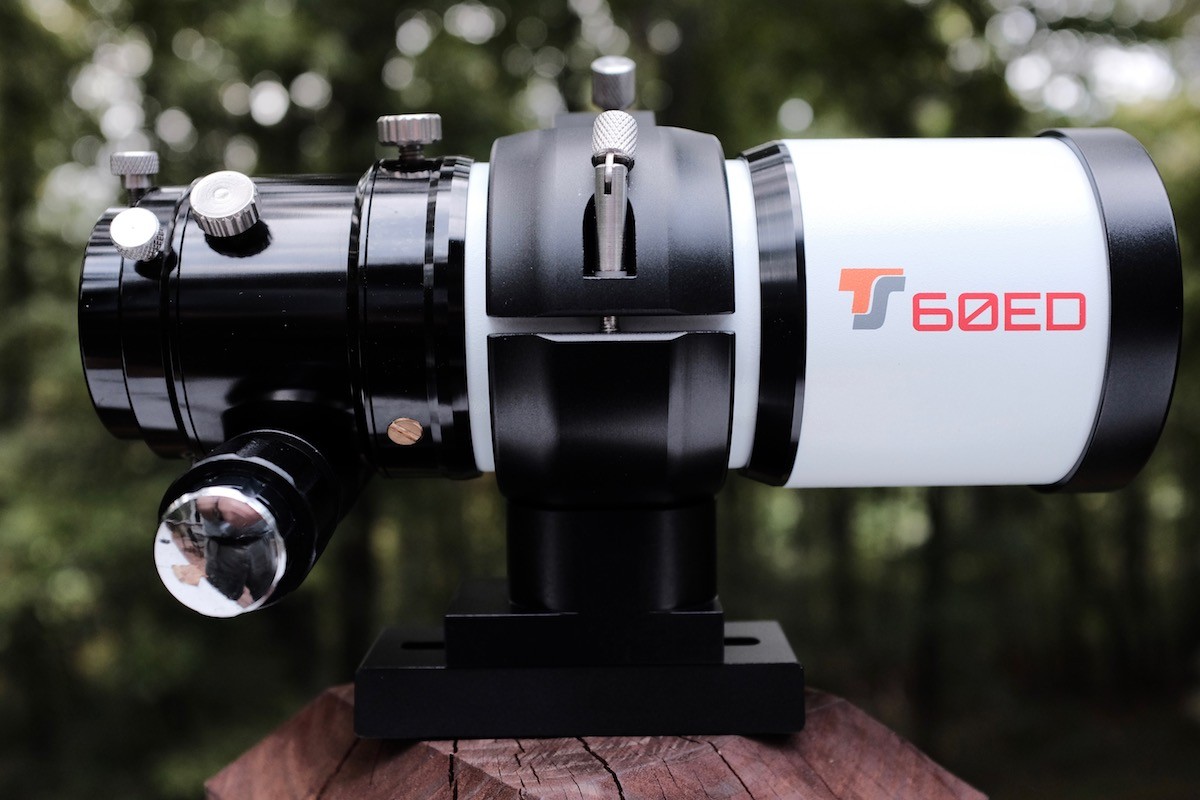

Technical Infos : Using a Skywatcher N250 / 1200 PDS with modification mirror by the Candem Mirror Makers Association, at f/4.7 in a focal lengh of 1200mm with a Explore Scientific HR Coma Corrector. Pictured here is a deep field image of the Cat's Paw Nebula in light emitted by hydrogen, and RGB Colors. Alternatively known as the Bear Claw Nebula or NGC 6334, stars nearly ten times the mass of our Sun have been born there in only the past few million years. At 5,500 light years distant, Cat's Paw is an emission nebula with a red color that originates from an abundance of ionized hydrogen atoms. Still, no known cat could have created the vast Cat's Paw Nebula visible in Scorpius. Image description : Nebulas are perhaps as famous for being identified with familiar shapes as perhaps cats are for getting into trouble.

RGB: 2 Hours Each Channel (subs 5 minutes gain 139) Halpha: 10 hours ( subs 5 minutes gain 139) Technical Infos : Telescope: Teleskop Service TS 115 / 800 Triplet APOįocal Reducer: TS Optics TS PHOTOLINE 0.79x reducer / corrector This remarkable celestial landscape spreads over an estimated field of 60,000 light years. Since young and hot stars energize and heat up the emission nebula, the globules get dissipated by this harsh environment, preventing them from contracting and becoming massive stars. Globules appear to be fractured due the hostile environment in which they are immersed. These two clouds together have a mass equivalent to 15 times the mass of the Sun! A closer look shows that the larger dark globules are formed by two separate but overlapping parts, giving the impression of being one. These regions, when viewed through infrared telescopes, reveal a stellar nursery, a region of star formation. The dark globules in the center of the image are called Thackeray globules, after the South African astronomer Andrew David Thackeray, who first observed them in 1950. It is located about 6500 light years away in Centaurus. Throughout this image the Running Chicken Nebula displays all it´s intricacy and so many shades of red. Story: Taken from brazilian skies on the nights of 13,14,15 of February 2021 (960´ minutes of total exposure time), this runaway chicken lies among two famous views: the Southern Cross and the Carina Nebula.

Image description : This image has been a collaboration between three brazilian astrophotographers: Image taken at Serra Alta, Santa Catarina (SC), Brazil Processing software: Pixinsight | Lightroom

Technical Infos : The final image is the result of a four panel mosaic, each containing:įilters: HALPHA OPTOLONG 6,5nm / RGB AstrodonĬapture Softwares: APT, SKYTECH X, PHD GUIDING The small blue reflection mist on the upper right side is as GN 22 12.3. The dark nebula separates Sh2-140 from Sh2-145 whose extensions are visible in the left edge of the picture. When the radiation hit the dark fog LDN1204, a bow shock wave was created which leads to a “bright rim”. The emission is caused by radiation from the young stars in the star cluster Pismis-Moreno1. Image description : The picture shows the emission nebula SH2-140. Guiding: ZWO OAG with QHY5III462c and PHD2 Telescope: Lacerta 10 ″ Photo Newton 250/1000įilter: Astronomik L2 UV-IR Block2 ″ Optolong Filter L-eXtreme 2 ″


 0 kommentar(er)
0 kommentar(er)
